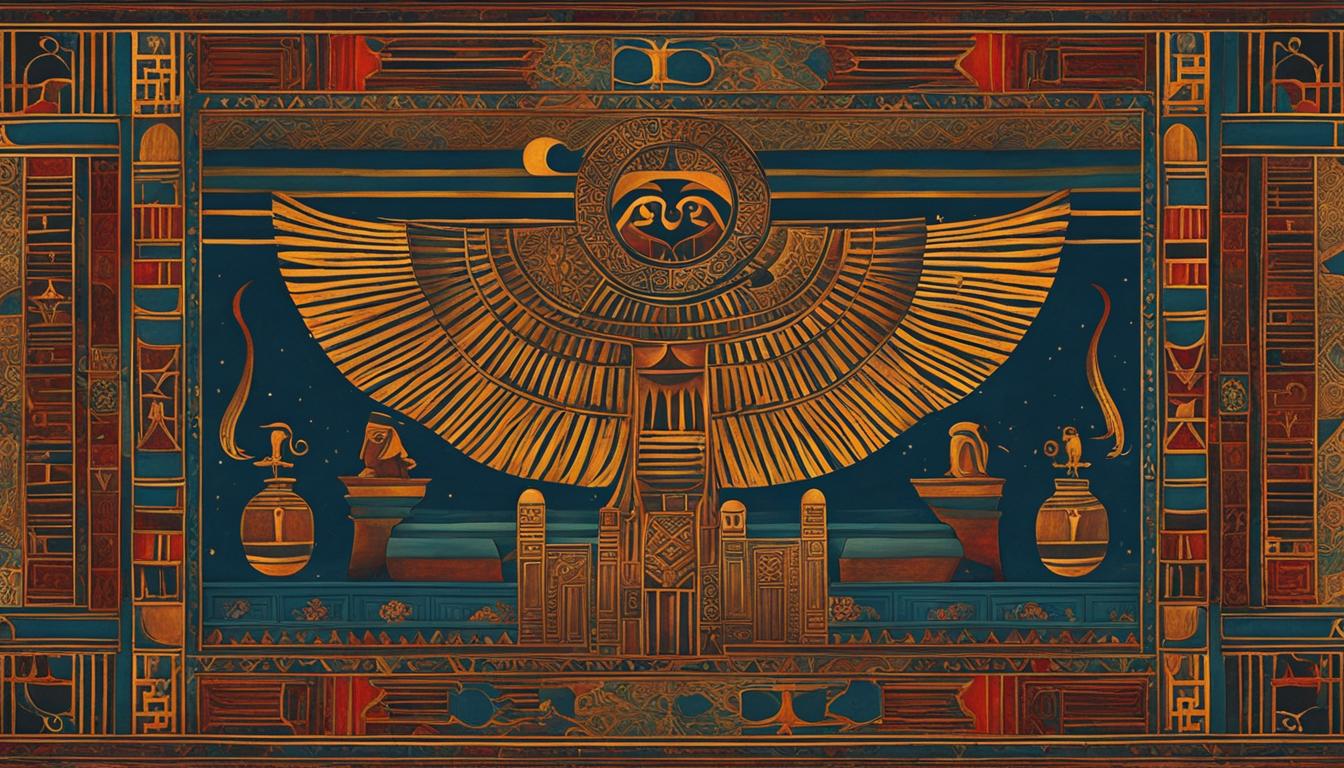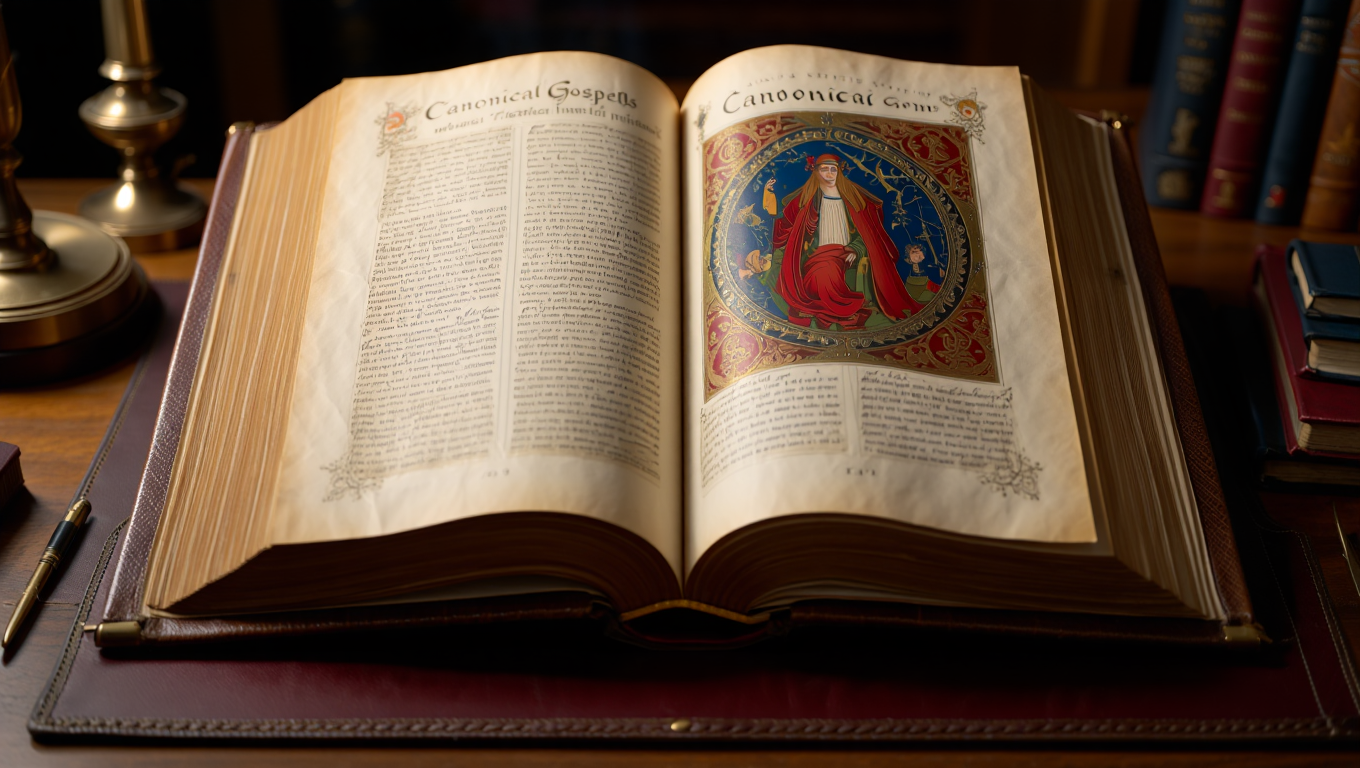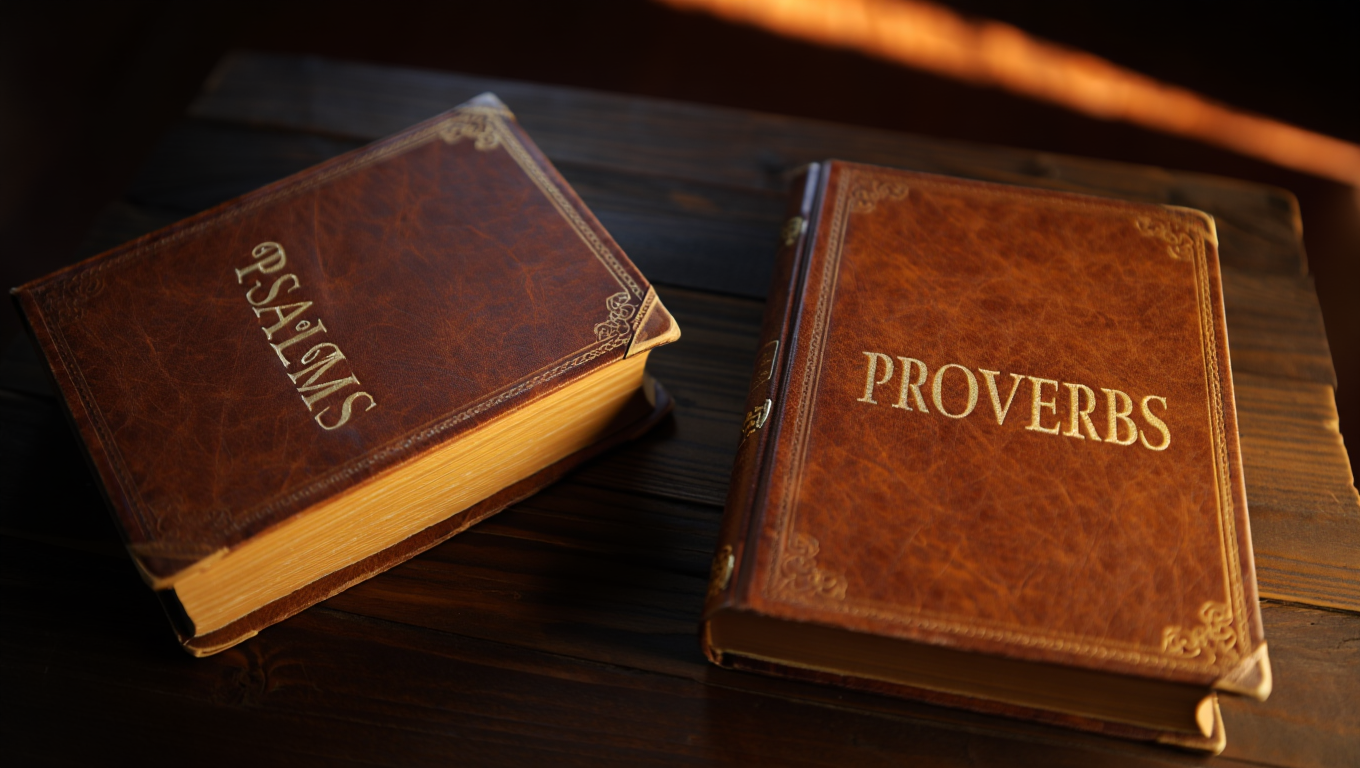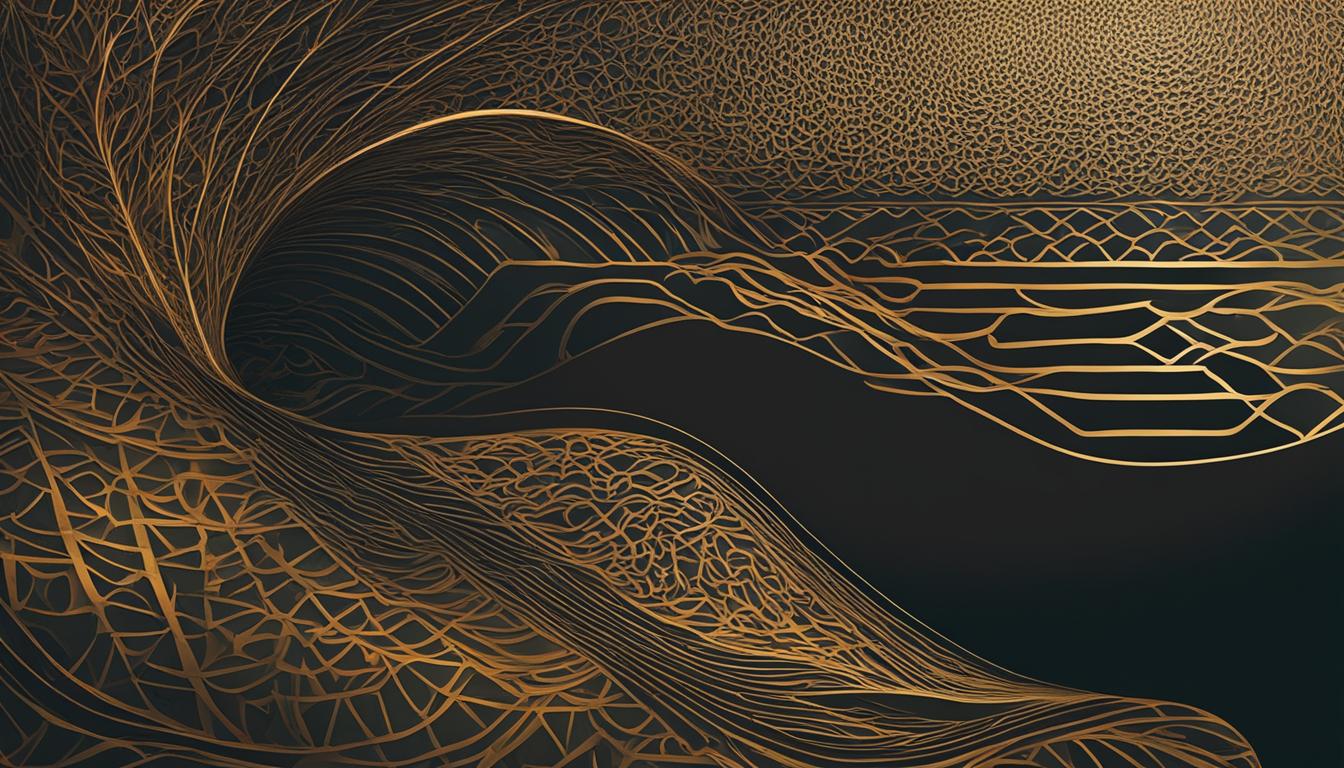The Egyptian Book of the Dead and the Tibetan Book of the Dead are two ancient spiritual texts that provide insight into the beliefs and rituals surrounding the afterlife. While both texts share the common theme of guiding individuals through the transitional phase between life and death, they originated from different regions and time periods, offering unique perspectives on the journey to the beyond.
Written over 4000 years ago, the Egyptian Book of the Dead served as a guide for the afterlife, providing instructions and rituals for transcending into the next realm. In contrast, the Tibetan Book of the Dead, written approximately 1,200 years ago, serves as a guide for the dying, offering guidance on navigating the intermediate states between life and death known as the bardos.
While the Egyptian Book of the Dead focused on the journey towards eternal paradise and immortality in the Egyptian ‘heaven,’ the Tibetan Book of the Dead emphasized the journey towards rebirth or liberation. Despite their differences, both texts underscore the continuity of consciousness after death and offer profound insights into the mysteries of the afterlife.
Key Takeaways:
- The Egyptian Book of the Dead and the Tibetan Book of the Dead offer unique perspectives on the afterlife, originating from different regions and time periods.
- The Egyptian Book of the Dead guides individuals through the transition to the Egyptian ‘heaven,’ while the Tibetan Book of the Dead focuses on the journey through the bardos towards rebirth or liberation.
- Both texts emphasize the continuity of consciousness after death and shed light on the mysteries surrounding the afterlife.
- The Egyptian Book of the Dead dates back over 4000 years, while the Tibetan Book of the Dead was written approximately 1,200 years ago.
- Despite their differences, both texts offer valuable insights into the human fascination with death and the spiritual journey beyond.
Egyptian Book of the Dead
The Egyptian Book of the Dead holds a significant place in ancient Egyptian culture, offering profound insight into their elaborate afterlife beliefs. Unlike the Tibetan Book of the Dead, which focuses on the process of dying, the Egyptian text serves as a guide for the journey to the eternal paradise in the Egyptian ‘heaven.’ This text was not limited to the Pharaohs but also included instructions for ordinary citizens seeking immortality.
The Egyptian Book of the Dead is a collection of 65 prayers and magical spells, accompanied by stunning illustrations. When unrolled, it measures an impressive 78 feet, reflecting the importance and complexity of its content. The prayers and spells were meant to be recited or read aloud during funerary rituals to ensure a successful transition to the afterlife.
Key Differences between Egyptian and Tibetan Funerary Texts
One of the main differences between the Egyptian Book of the Dead and the Tibetan Book of the Dead is their purpose. While the Egyptian text focused on guiding individuals to paradise in the afterlife, the Tibetan text serves as a guide for navigating the bardos, the intermediate states between life and death, to achieve liberation or a favorable rebirth.
Additionally, the Egyptian Book of the Dead emphasizes the importance of proper burial and ritual preparations, while the Tibetan Book of the Dead places more emphasis on the internal journey of the deceased through the different bardos. Both texts, however, acknowledge the continuation of consciousness after death and offer wisdom on spiritual transformation.
Unraveling the Unique Aspects of Egyptian Book of the Dead and Tibetan Book of the Dead
The uniqueness of the Egyptian Book of the Dead lies in its detailed instructions for navigating the afterlife and the belief in the eternal paradise of the Egyptian ‘heaven.’ On the other hand, the Tibetan Book of the Dead stands out for its focus on the intermediate states and the opportunity for liberation or a favorable rebirth.
Although the Egyptian and Tibetan funerary texts approach the afterlife from different angles, they both provide valuable insights into the human fascination with death and the quest for immortality. Understanding the distinctions between these two texts allows us to appreciate the diverse cultural perspectives on the journey beyond life.
| Key Aspects | Egyptian Book of the Dead | Tibetan Book of the Dead |
|---|---|---|
| Main Purpose | Guide to the Egyptian ‘heaven’ | Guide to navigating the bardos |
| Focus | Proper burial and ritual preparations | Internal journey through the bardos |
| Unique Aspect | Belief in eternal paradise | Opportunity for liberation or favorable rebirth |
Exploring the Disparities Between Egyptian Book of the Dead and Tibetan Book of the Dead
The Egyptian Book of the Dead and the Tibetan Book of the Dead hold significant differences in their origins, purposes, and teachings. While both texts delve into the realm of the afterlife, they offer unique perspectives and rituals for navigating the spiritual journey. Understanding these disparities can provide valuable insights into the diverse beliefs and practices surrounding death in different cultures.
The Egyptian Book of the Dead, dating back over 4,000 years, was created during a time when Egyptians held complex beliefs about the afterlife. It was primarily designed as a guide for Pharaohs to resurrect in another realm, ensuring a successful transition to the eternal paradise known as the Egyptian ‘heaven.’ This spiritual text contained 65 prayers and magical spells, accompanied by intricate illustrations. Its purpose was to assist both Pharaohs and ordinary citizens in their quest for immortality, emphasizing the importance of proper burial and the continuity of consciousness beyond death.
In contrast, the Tibetan Book of the Dead was written approximately 1,200 years ago and served as a guide for the dying rather than the deceased. Also known as the Bardo Thodol, it offers instructions for navigating the intermediate states between life and death, known as the bardos. This text aims to assist individuals in their journey towards rebirth or liberation. The Tibetan Book of the Dead was initially kept secret within the isolated kingdom of Tibet, known as the ‘Forbidden Kingdom,’ but became widely accessible in recent times. It is regarded as a tool for achieving psychological freedom in one’s present life as well as in the transition into the afterlife.
Comparative Analysis of Egyptian and Tibetan Death Rituals
By comparing the ancient Egyptian and Tibetan death rituals, we can gain a deeper understanding of how different cultures approach the mysteries of death and the afterlife. The Egyptian Book of the Dead emphasizes the importance of proper preparation and rituals to ensure a successful journey to the Egyptian ‘heaven,’ with a focus on the individual’s resurrection and immortality. In contrast, the Tibetan Book of the Dead guides individuals through the bardos, offering insights into the stages of transition and the potential for rebirth or liberation.
While both texts share the belief in the continuity of consciousness after death and the possibility of spiritual transformation, their teachings and rituals highlight the unique cultural perspectives on the journey beyond life. Exploring these disparities provides a fascinating glimpse into the diverse ways in which different civilizations have sought to understand and navigate the afterlife.
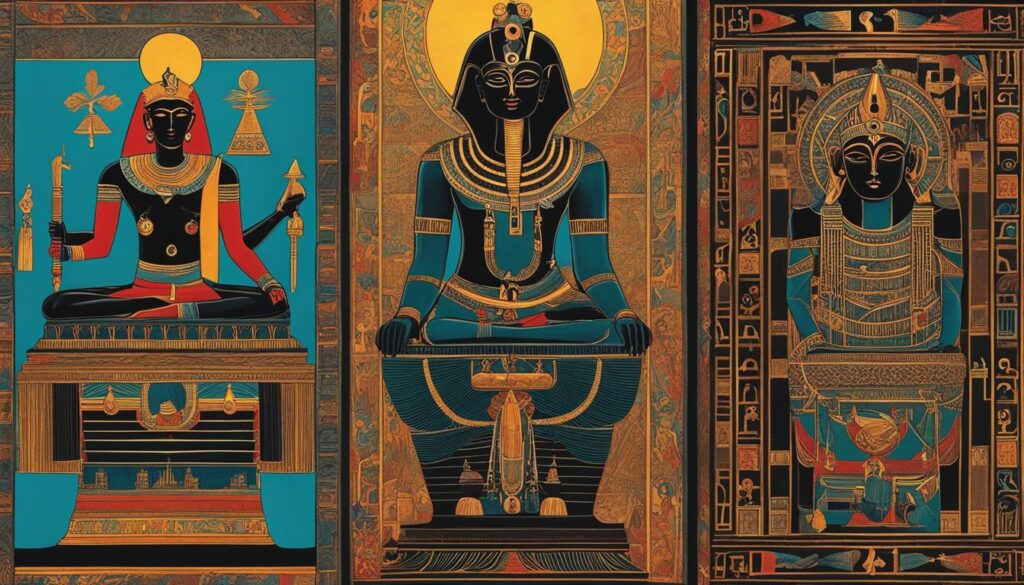
Egyptian and Tibetan Afterlife Beliefs: Similarities and Differences
When examining the beliefs and practices associated with the Egyptian Book of the Dead and the Tibetan Book of the Dead, it becomes clear that while there are similarities, there are also significant differences. Both texts acknowledge the continuation of consciousness after death and provide guidance for the deceased on their journey to the next realm. However, the specific rituals and purposes of these texts diverge due to the unique cultural and historical contexts in which they were developed.
Egyptian Afterlife Beliefs
The Egyptian Book of the Dead was a vital part of the funerary preparations in ancient Egypt. It served as a guide to ensure a successful transition to the Egyptian ‘heaven’ for both pharaohs and ordinary citizens. The book contained 65 prayers and magical spells, with intricate illustrations. It emphasized the quest for immortality and the need for proper burial and ceremonial preparation to attain an immortal state after death. The Egyptian afterlife was seen as a paradise, where the souls of the deceased could continue to live in blissful eternity.
Tibetan Afterlife Beliefs
In contrast, the Tibetan Book of the Dead, written 1,200 years ago, is focused on guiding individuals through the bardos, or intermediate states, between life and death. This text is not only meant for the deceased but also for the living, as it offers instructions on how to attain psychological freedom in the present life. The Tibetan afterlife beliefs revolve around the concept of rebirth and the opportunity for spiritual transformation. The book provides guidance on navigating the bardos to achieve either a favorable rebirth or liberation from the cycle of birth and death.
While both the Egyptian and Tibetan texts share the belief in the continuity of consciousness after death, the Egyptian Book of the Dead primarily focuses on ensuring a successful journey to the Egyptian ‘heaven,’ whereas the Tibetan Book of the Dead guides individuals through the bardos towards rebirth or liberation. These distinctions reflect the different cultural and historical contexts in which the texts originated, offering valuable insights into the diverse perspectives on the afterlife.
Table: Comparing Egyptian and Tibetan Afterlife Beliefs
| Aspect | Egyptian Book of the Dead | Tibetan Book of the Dead |
|---|---|---|
| Time Period | Over 4,000 years ago | 1,200 years ago |
| Main Purpose | Guide for the afterlife and quest for immortality | Guide for the journey through bardos towards rebirth or liberation |
| Emphasis | Proper burial, ceremonial preparation, and attaining an immortal state | Attaining psychological freedom and spiritual transformation |
| Key Belief | Continuity of consciousness after death | Continuity of consciousness and opportunity for rebirth or liberation |
Conclusion
When comparing the Egyptian Book of the Dead and the Tibetan Book of the Dead, it becomes clear that these ancient texts offer distinct perspectives on the afterlife. The Egyptian text focuses on the journey to the Egyptian ‘heaven’ and emphasizes the importance of rituals and spells in ensuring a successful transition. On the other hand, the Tibetan text guides individuals through the intermediate states of the bardos towards rebirth or liberation.
While both texts share a belief in the continuity of consciousness after death and recognize the significance of proper burial and ceremonial preparation, their cultural and historical contexts contribute to their differences. The Egyptian Book of the Dead reflects the complex afterlife beliefs of ancient Egypt, while the Tibetan Book of the Dead provides instructions for the dying and was kept secret in the isolated land of Tibet for centuries.
In conclusion, the Egyptian Book of the Dead and the Tibetan Book of the Dead offer valuable insights into the mysteries of death and the human quest for spiritual transformation. By exploring the similarities and differences between these texts, we can deepen our understanding of different cultural perspectives and approaches to the afterlife. Whether seeking immortality in the Egyptian ‘heaven’ or navigating the bardos towards rebirth or liberation, these ancient texts continue to hold wisdom for those on a spiritual journey.
FAQ
What is the difference between the Egyptian Book of the Dead and the Tibetan Book of the Dead?
The Egyptian Book of the Dead was written as a guide for the afterlife, while the Tibetan Book of the Dead serves as a guide for the dying. The Egyptian text focuses on ensuring a successful transition to the Egyptian ‘heaven,’ while the Tibetan text guides individuals through the bardos towards rebirth or liberation.
What are the key differences between the Egyptian Book of the Dead and the Tibetan Book of the Dead?
The Egyptian Book of the Dead dates back over 4000 years and was written for the Pharaohs and citizens of Egypt, offering prayers, magical spells, and beautiful illustrations. The Tibetan Book of the Dead was written approximately 1,200 years ago and was kept secret in Tibet until recently. It provides instructions for navigating the intermediate states between life and death and attaining psychological freedom.
What are the similarities and differences between the Egyptian and Tibetan beliefs surrounding the afterlife?
Both cultures recognized the importance of proper burial and ceremonial preparation for immortality. The Egyptian Book of the Dead aimed to achieve an immortal state after death, while the Tibetan Book of the Dead guided individuals through the bardos towards rebirth or liberation. Both texts emphasized the continuity of consciousness after death and the potential for spiritual transformation.
 Skip to main content
Skip to main content